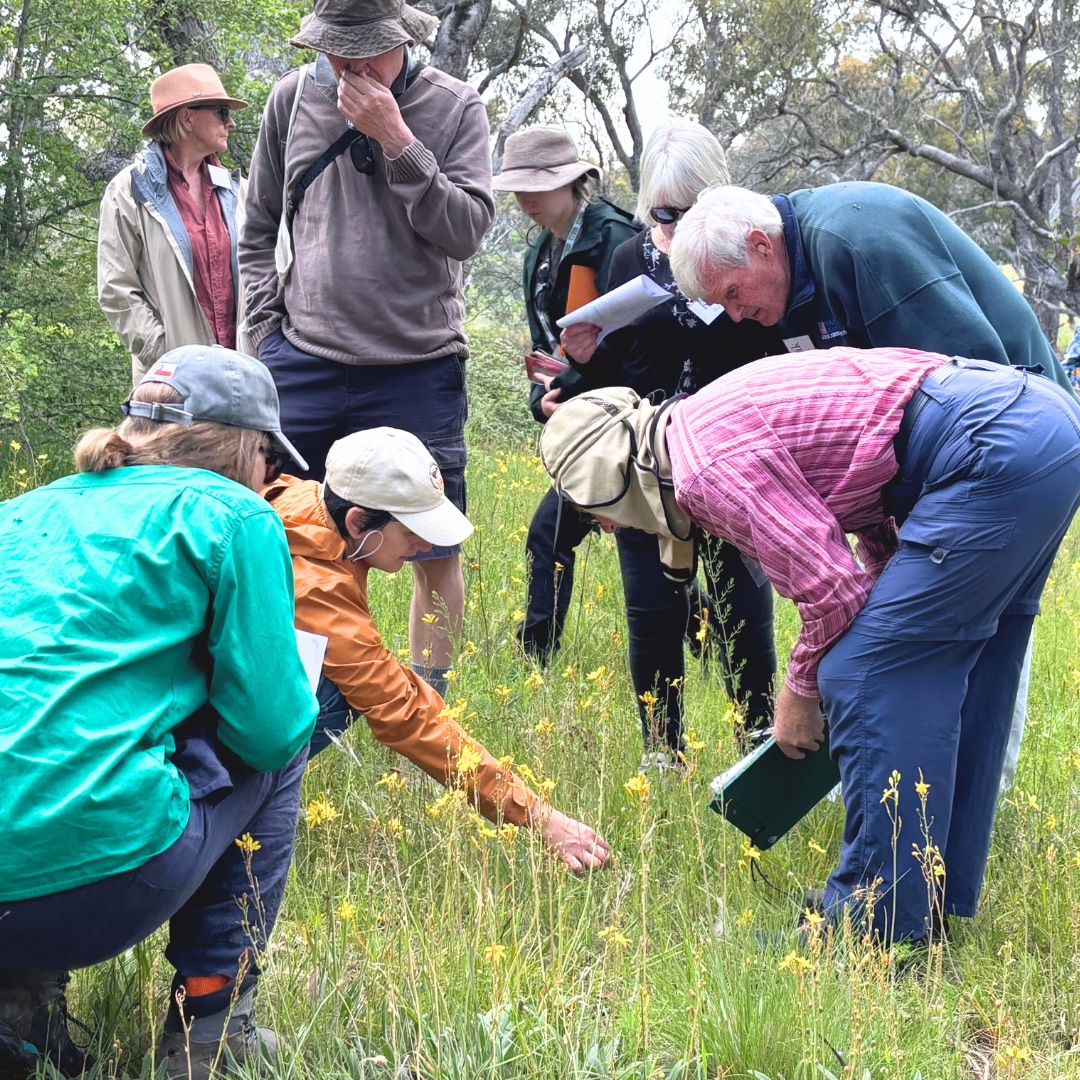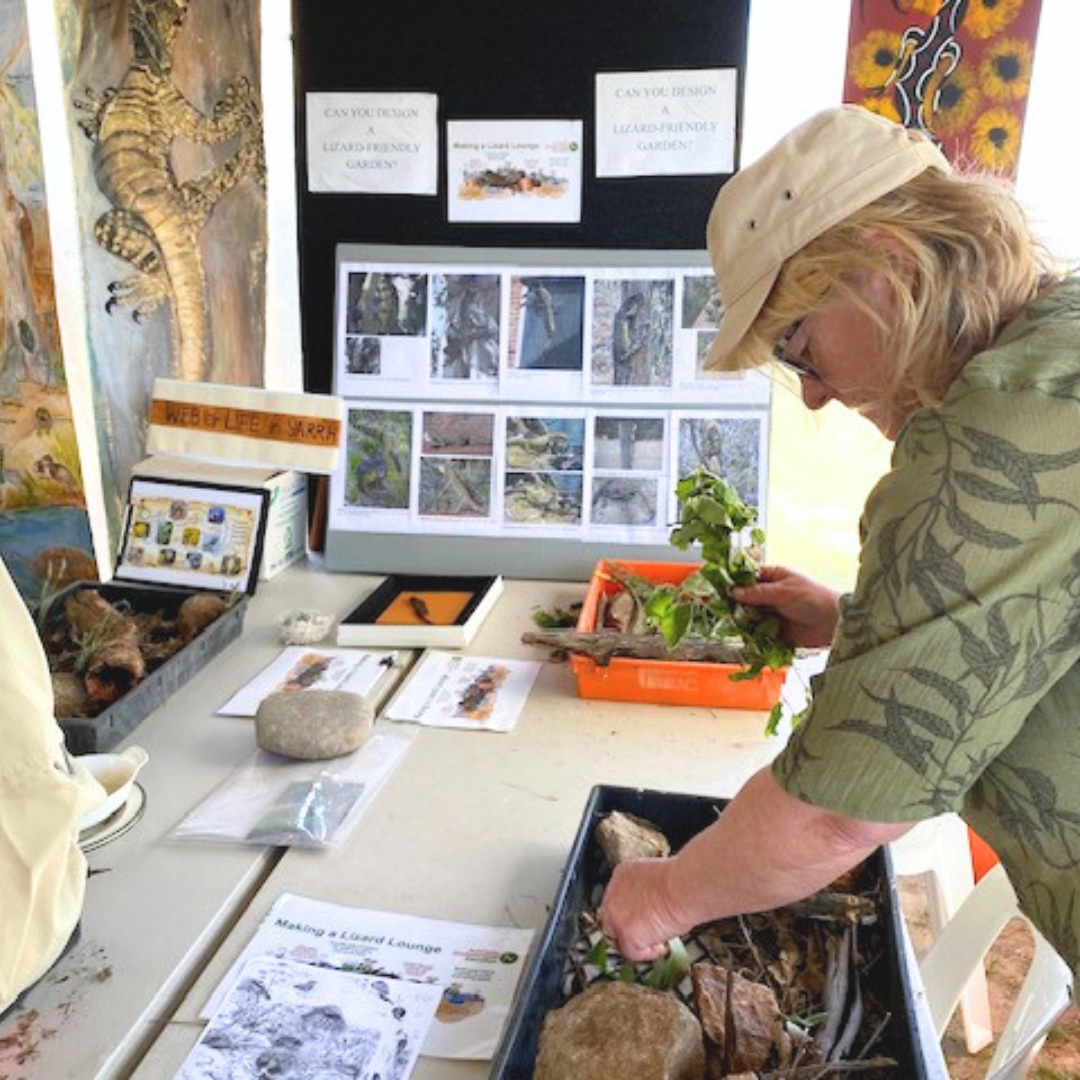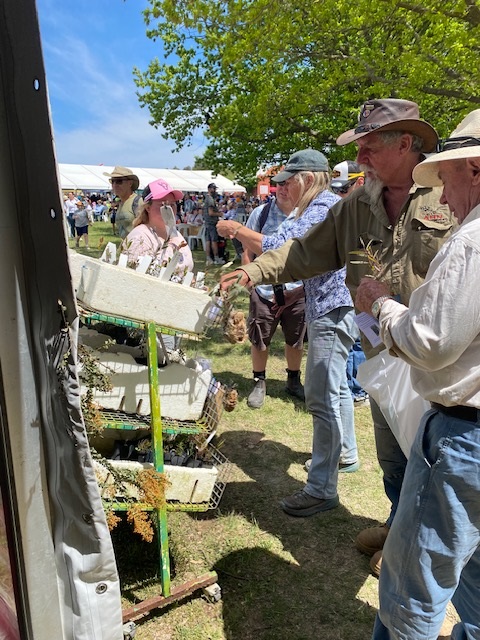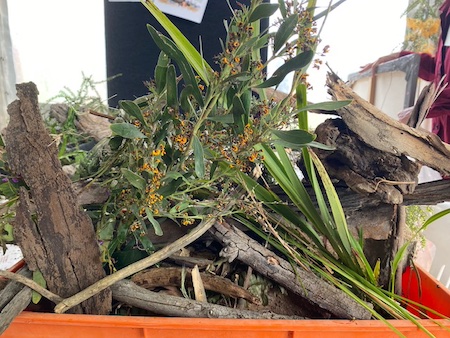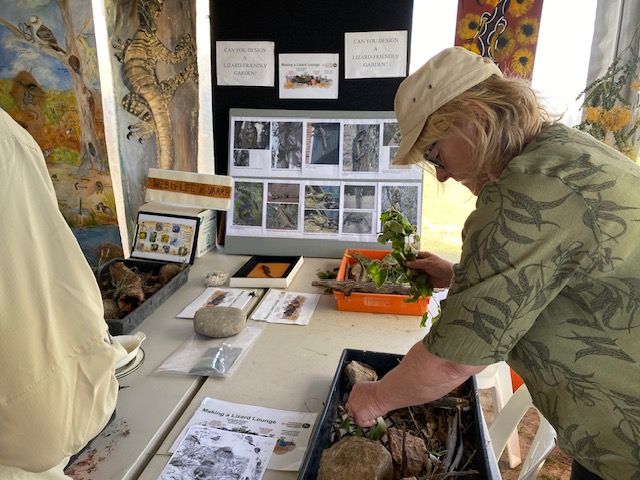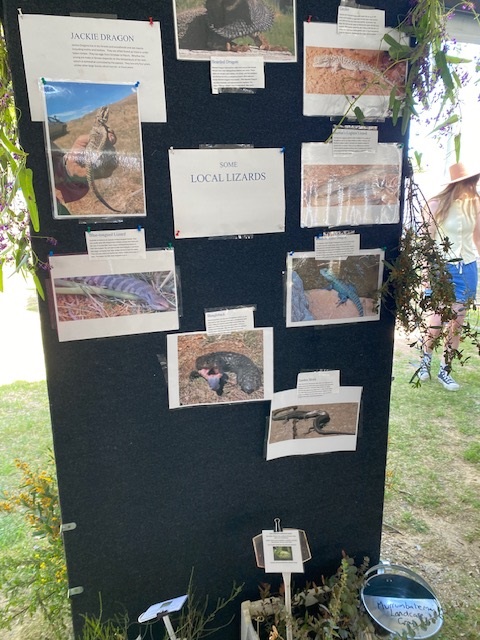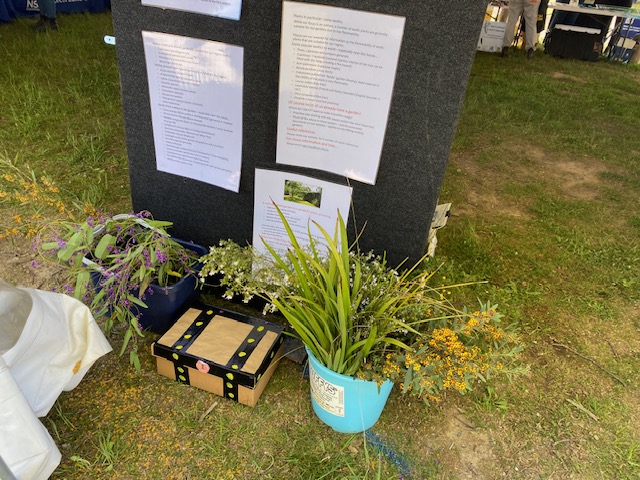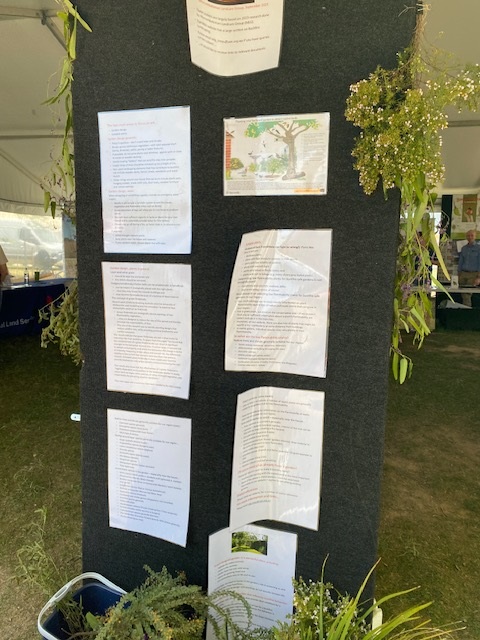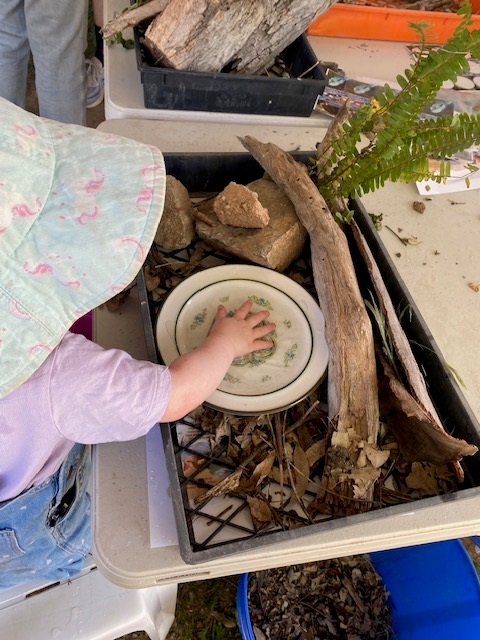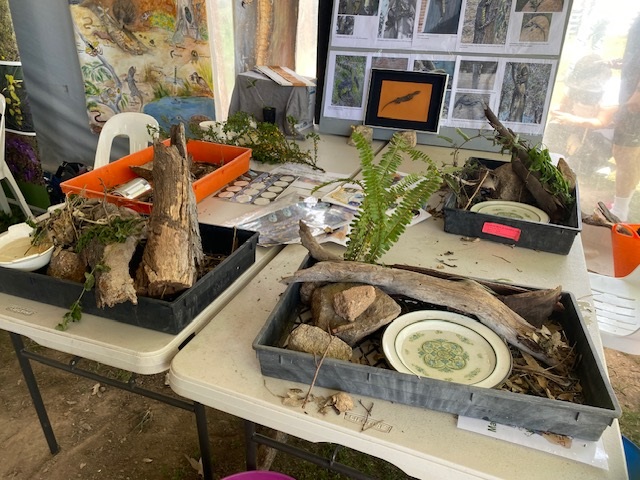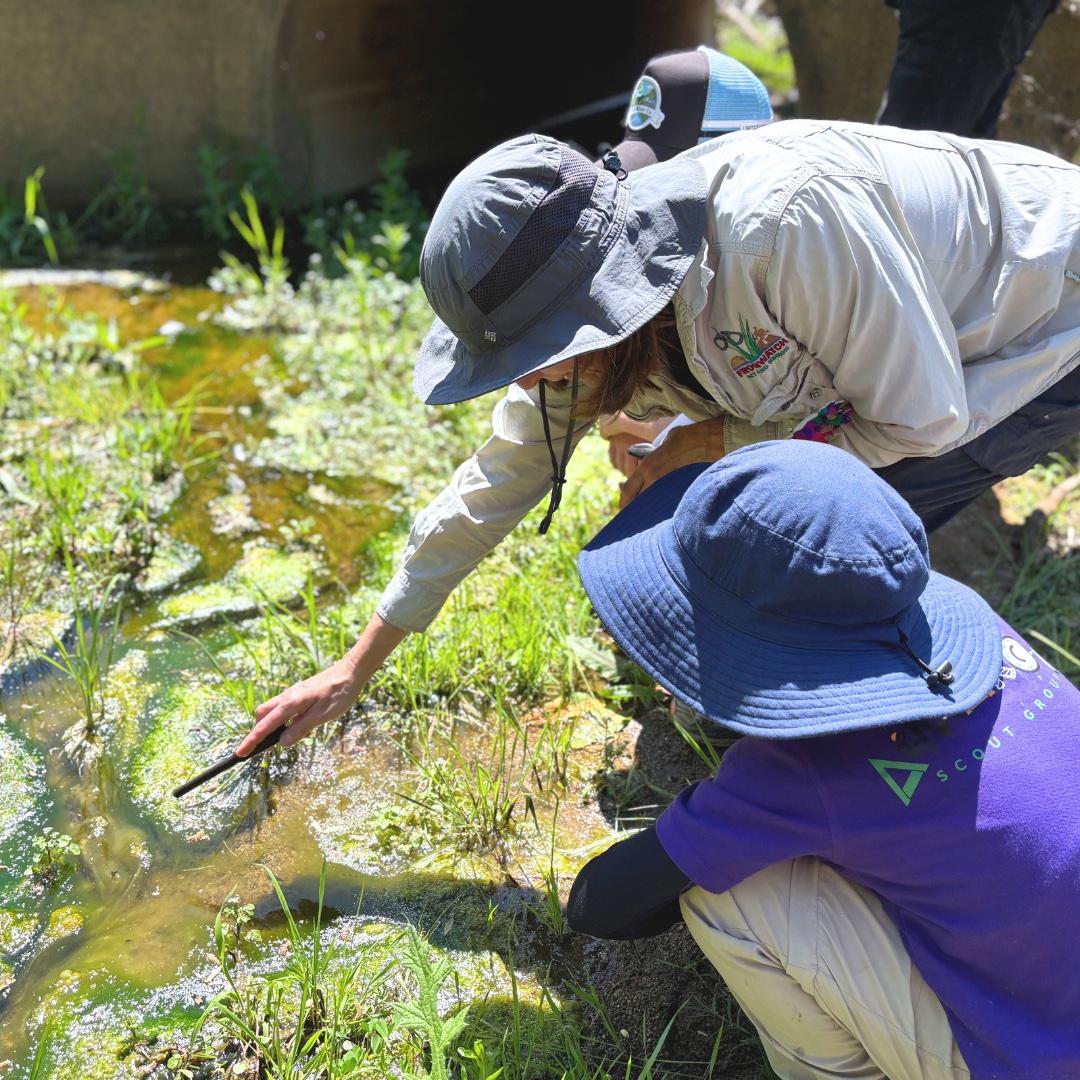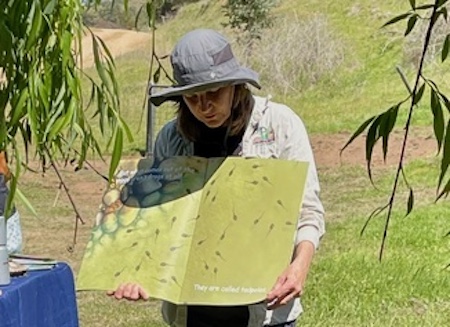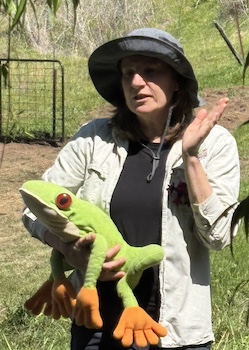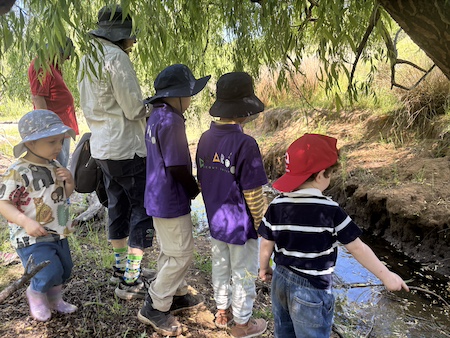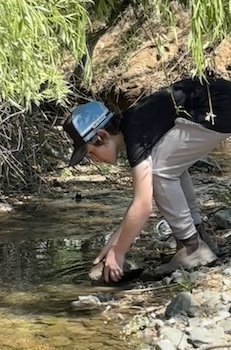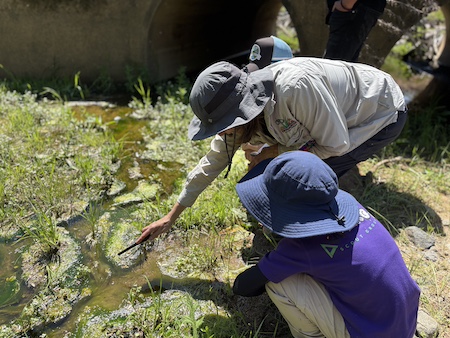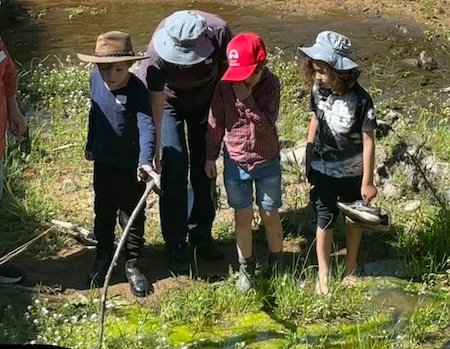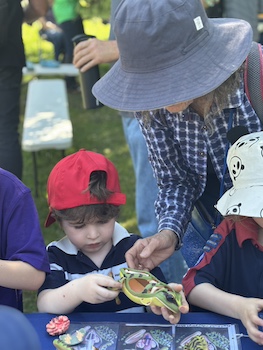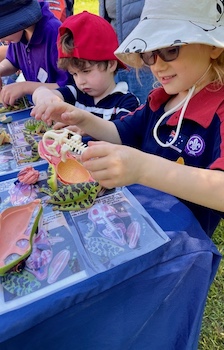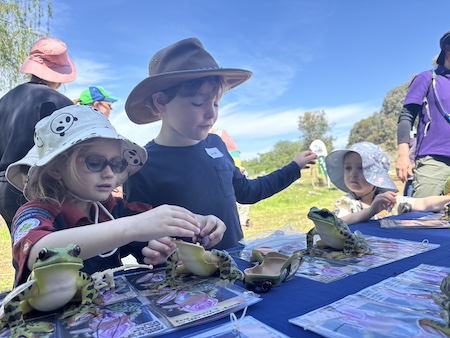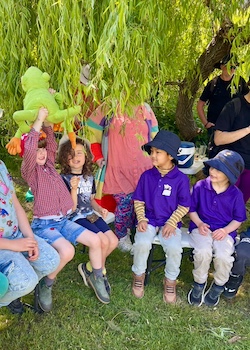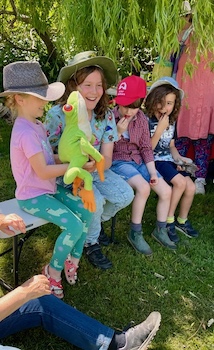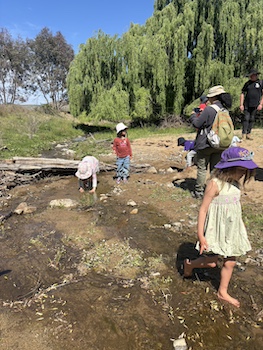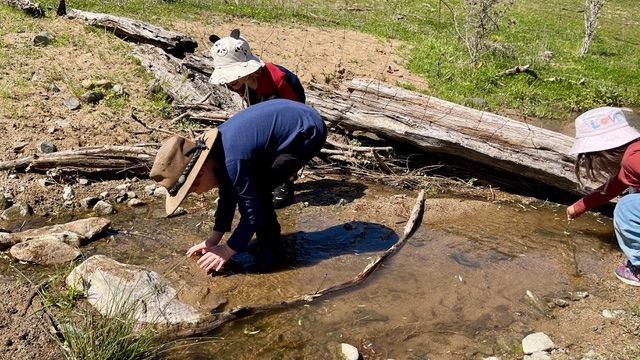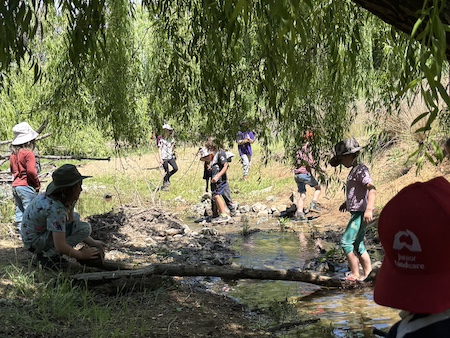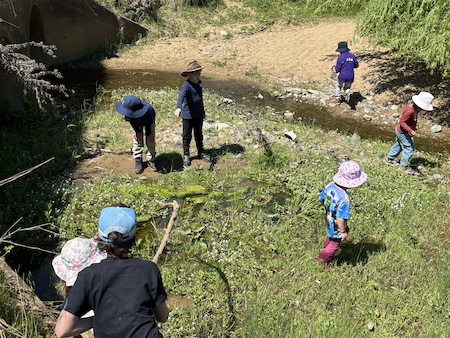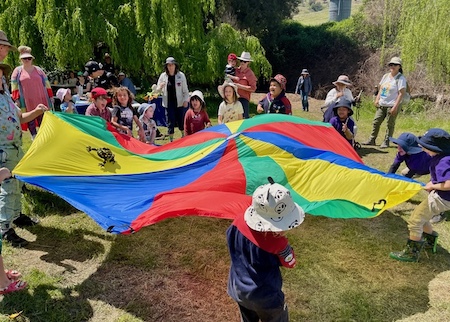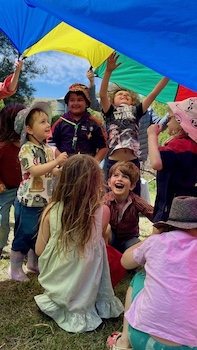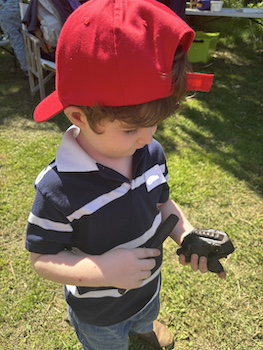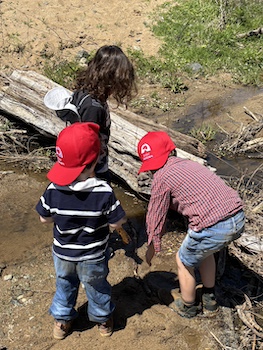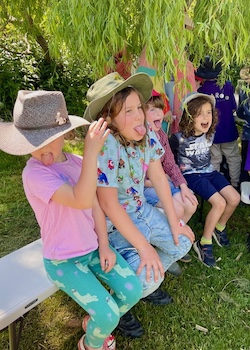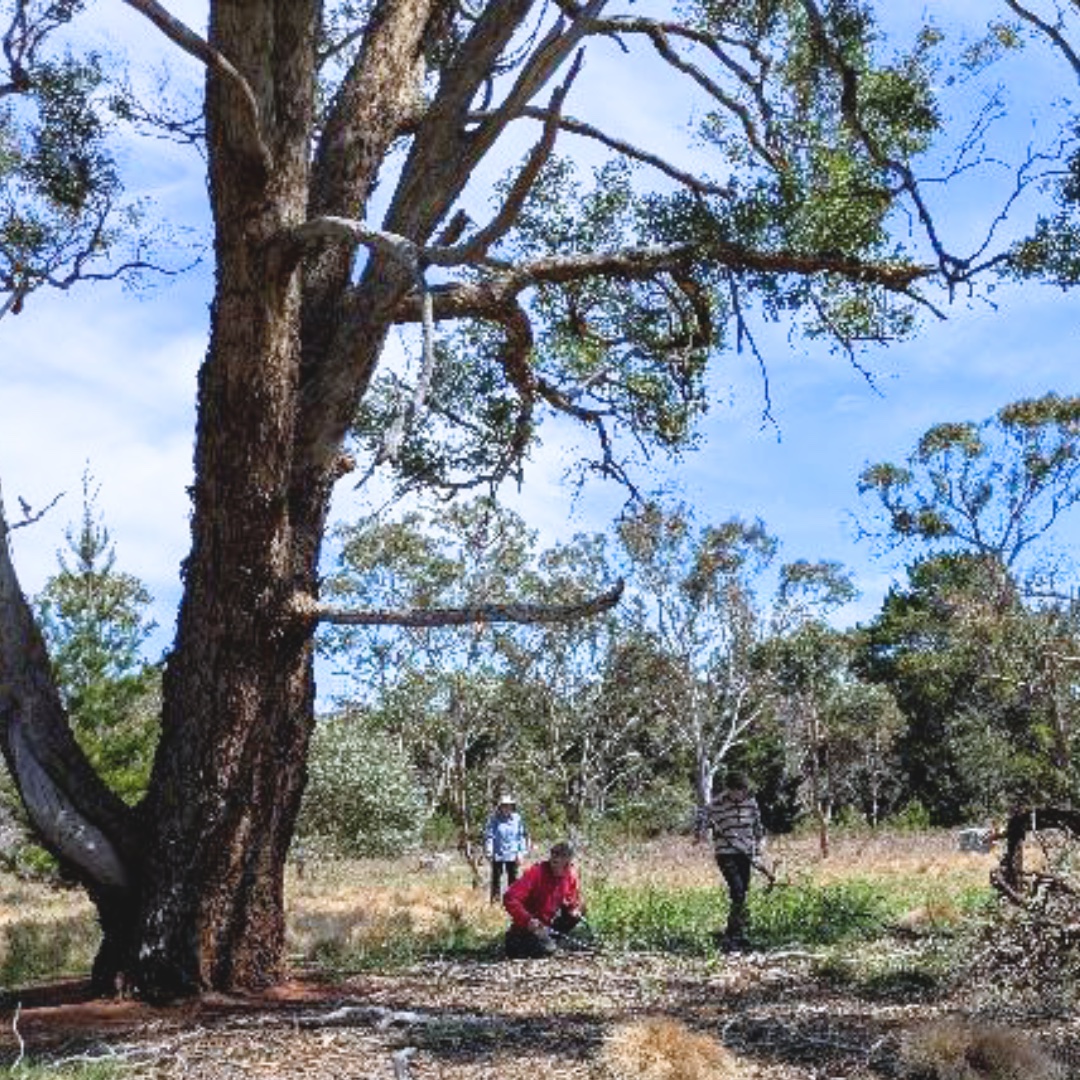A day of learning, connection, and inspiration at Scholfield’s TSR
Many Landcarers and community members turned out for the popular Below Our Knees: Exploring Our Native Grasslands workshop, held at Scholfield’s Travelling Stock Reserve (TSR) near Bywong. Jointly hosted by the Yass Area Network of Landcare Groups (YAN) and the Upper Shoalhaven Landcare Council, the workshop brought together experts, local Landcarers, and curious community members to learn more about managing and restoring our native grasslands.
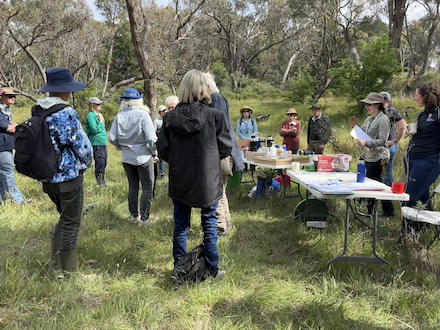
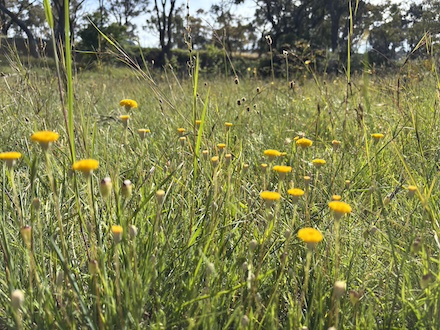
Understanding the value of native grasslands
The day began with Friends of Grasslands (FOG) ecologist Sue McIntyre, who introduced the group to the ecology, value, and management needs of native grasslands. Sue emphasised one crucial rule: don’t fertilise. Native grasslands thrive in low-nutrient environments, and where past fertiliser use or pasture improvement has occurred, it can take decades for nutrient levels to drop enough for native species to return.
But the long wait is worth it—many native grassland plants are hardy perennials that offer year-round groundcover, productive grazing, rich biodiversity, and habitat for insects, birds, and a wider ecosystem, all while requiring very little intervention.

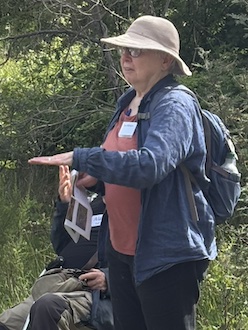
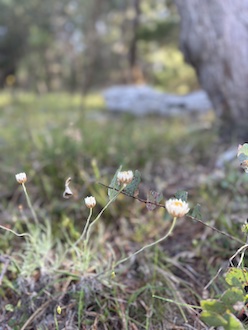
Sue also explained how weeds often invade grasslands via runoff lines, where both nutrients and seeds accumulate. While small-scale erosion can create opportunities for native species to establish, more severe erosion tends to favour exotic annual weeds. Maintaining groundcover and slowing water movement, using logs or other small interventions can make a significant difference.
Restoring native grasslands, Sue reminded everyone, is a long game requiring patience, consistency, and strategic weed management. Allowing native species to spread naturally, or assisting them through targeted planting, can slowly shift degraded areas back toward ecological resilience.
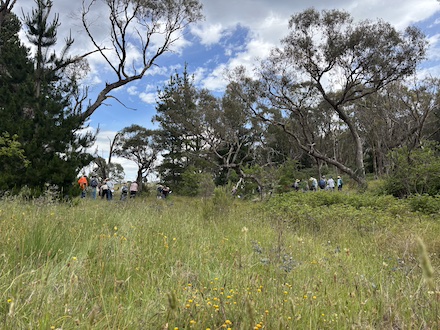
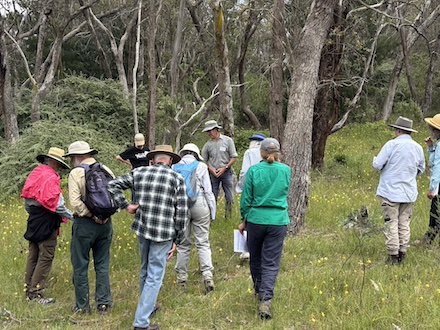
Exploring the reserve
The group then toured the reserve with FOG members Margaret Ning, David Johnson, and Sue, who pointed out species of interest and shared insights into native–exotic look-alikes (including plantain). Participants enjoyed hands-on plant identification and lively discussion among the grasses.
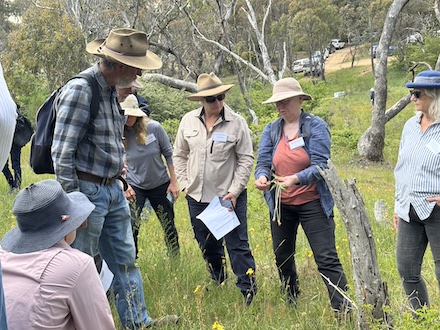
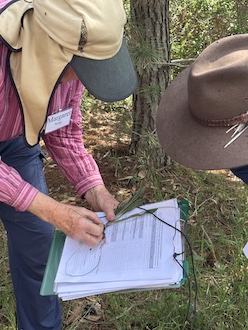
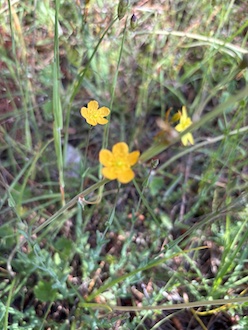
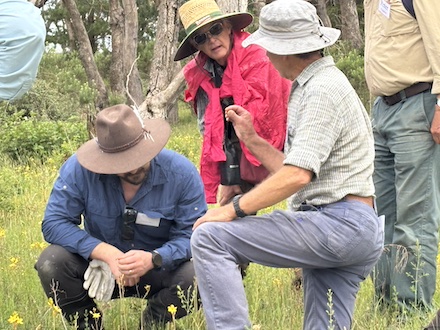
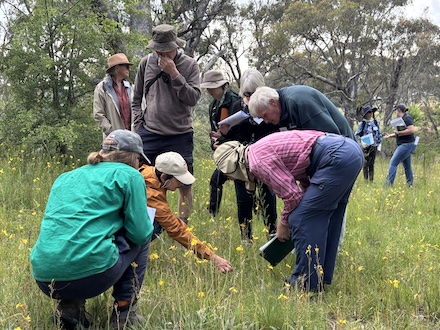
Weed identification and management
Local Land Services officers Bella Hart and Alicia Kaylock then led a practical session on weed identification and control within grassland ecosystems. They covered key strategies for managing blackberry; choosing the right herbicide, timing treatments, and considering factors such as residual effects on nearby plants and what is practical to achieve with consistent effort.
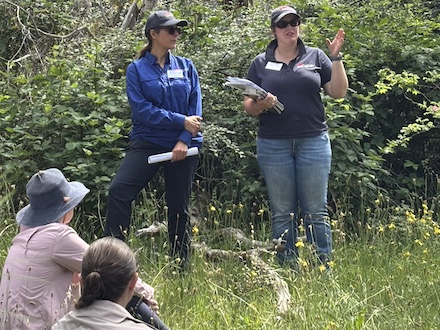

Weed ID and control methods were also discussed for serrated tussock, African lovegrass, and St John’s wort. The message was clear: consistency is the key, and even simple tools can be powerful—nothing beats a good old-fashioned hoe.
Learning the history of the reserve
David McDonald from the local Geary’s Gap/Wamboin Landcare Group shared some of the history of the TSR, including the origins of the Scholfield name and how the reserve once formed part of a much larger protected area.
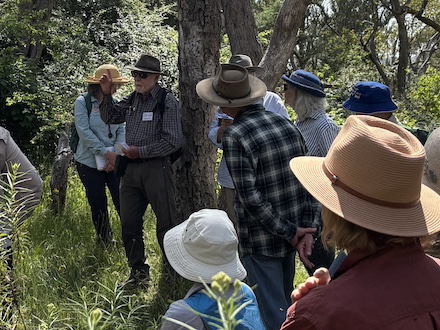
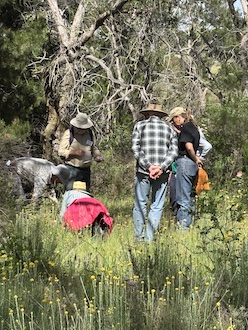
Collaboration and community: tackling weeds together
The group then moved to the Bywong Community Hall to hear from Dr Sonia Graham from the University of Wollongong. Sonia presented her research on how Landcare groups work together to tackle weed issues across landscapes.
She highlighted approaches that lead to success:
- - Defining a clear geographic focus
- - Setting achievable goals
- - Assigning tasks based on people’s strengths
- - Involving the whole community—from landholders to government agencies
Beyond the environmental outcomes, Sonia also spoke about the powerful social benefits: reducing isolation, building emotional support, and forging new friendships among neighbours.
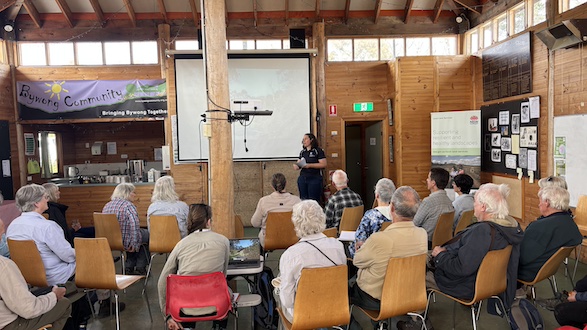
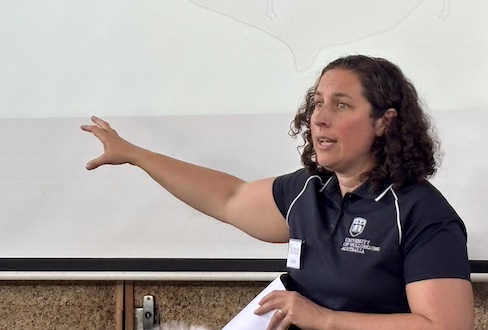
Local connections and next steps
After Sonia’s presentation, participants broke into smaller, geographic-specific groups to introduce themselves, discuss issues important to their local area, and share ideas. Conversations continued over lunch, strengthening connections and sparking enthusiasm for future collaborations.
As a follow-on from the workshop, YAN and our partners hope to support interested groups to connect and work together on issues and activities they care about. If you’d like to get involved—or simply learn more—please reach out to your local Landcare group or coordinator.
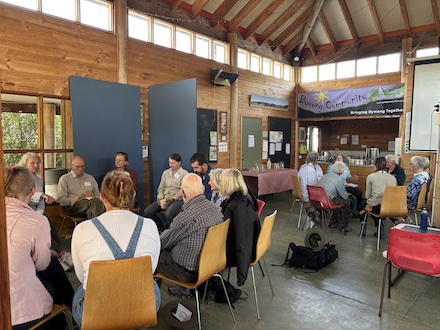
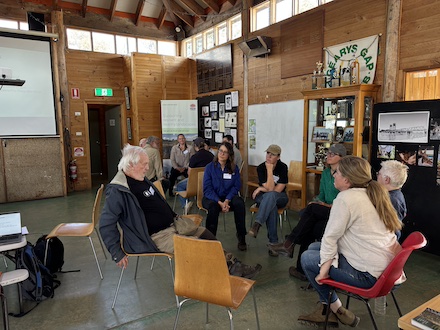
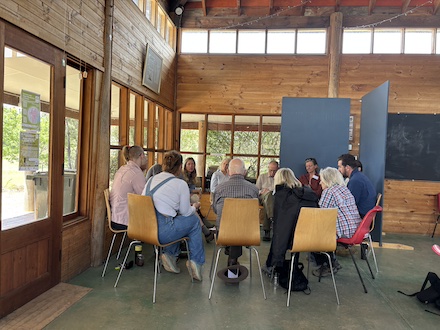

Get in touch
Gearys Gap / Wamboin Landcare
[email protected]
Yass Area Network of Landcare Groups
[email protected]
Upper Shoalhaven Landcare Council
[email protected]
Written by Sarah McGrath, YAN Local Coordinator


